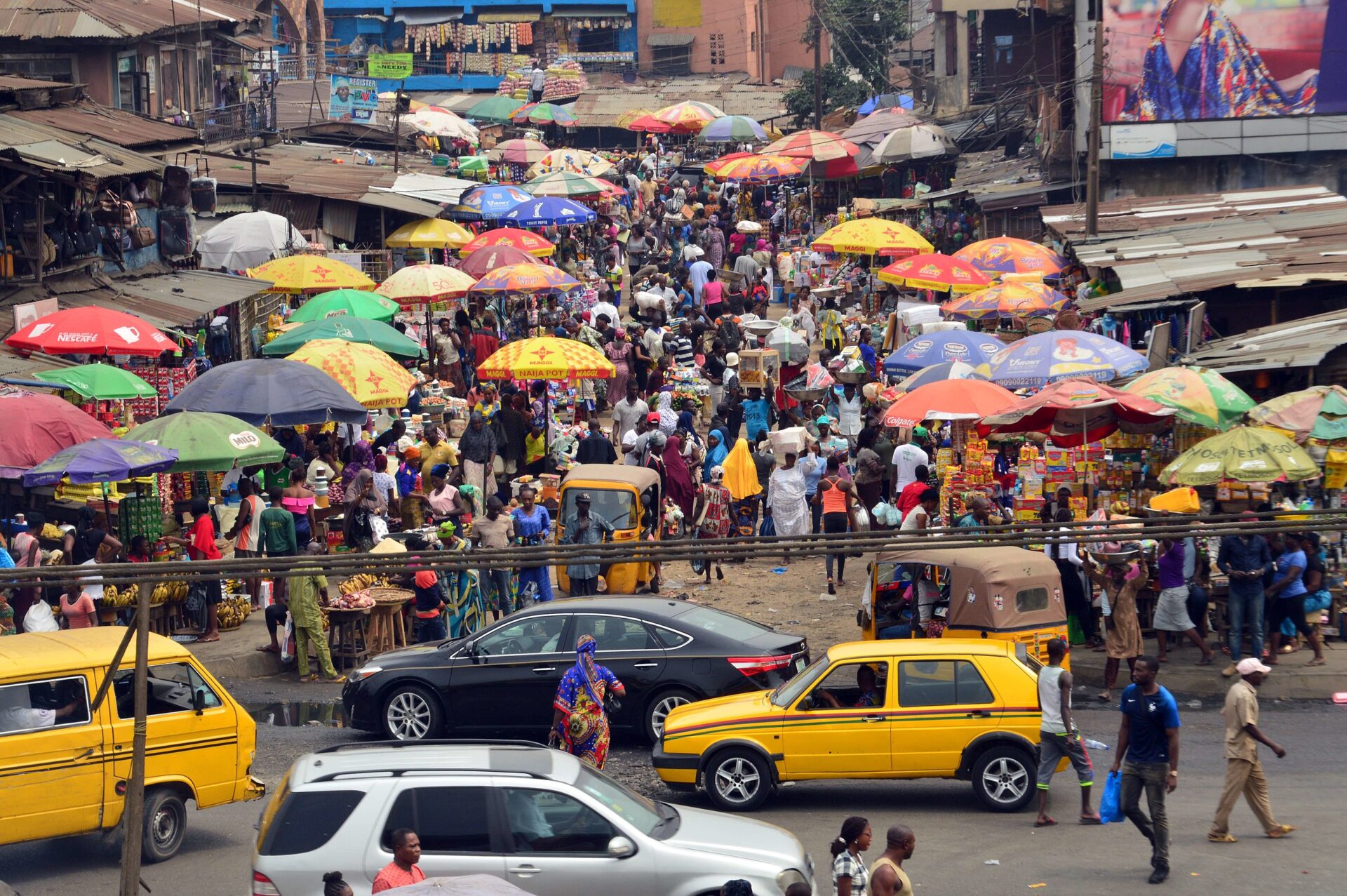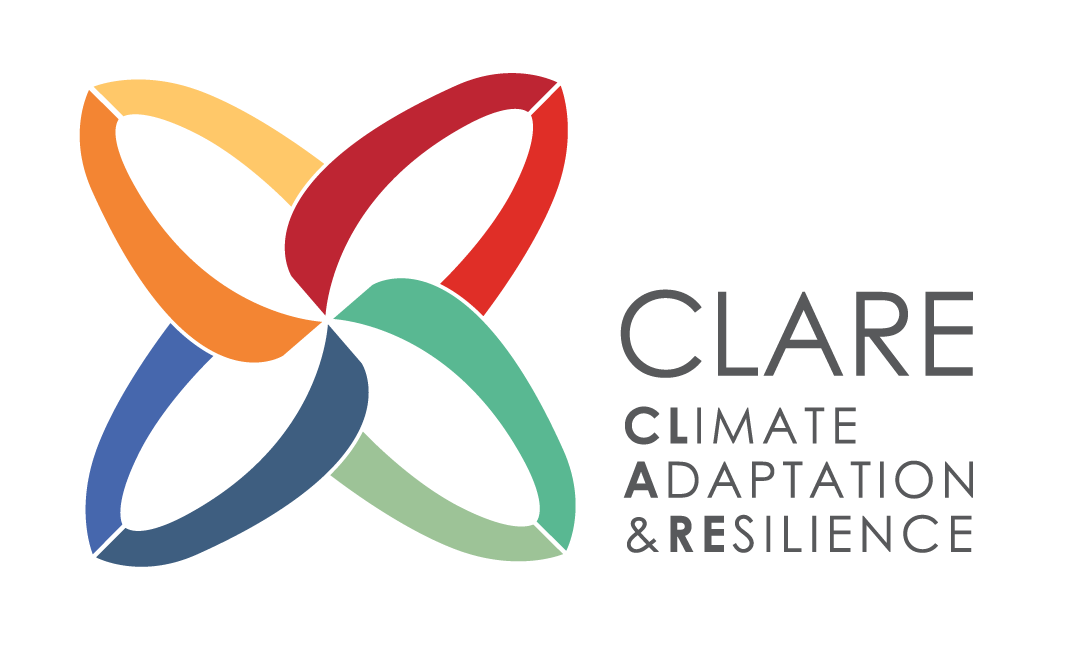
Partnerships with Impact: Heat Health Adaptation Lessons Ahead of COP30
/
“Heat waves are associated with increases in heat-related illness, exacerbation of chronic illnesses like cardiovascular diseases and respiratory diseases, and increased mortalities – disproportionately affecting pregnant mothers and infants.” – Joyce Kimutai, Climate Scientist, Kenya Meteorological Services and World Weather Attribution
Heat Action Plans (HAPs) are frameworks designed to help communities anticipate, prepare for, and respond to extreme heat events. They provide clear guidance to health services, government, and communities on how to protect vulnerable populations and manage heat-related health risks effectively.
There is a growing need to incorporate actionable, country and context-specific HAPs to manage rising heat challenges. The CLARE Research for Impact (R4I) Opportunities Fund is doing just that.
With heat becoming an urgent topic on the adaptation agenda, the R4I team joined those contributing to the conversation at Adaptation Futures 2025, the world’s leading climate change adaptation conference hosted on 13-17 October in Christchurch, New Zealand to share evidence from its heat health exchange between Rajkot, India and Nairobi, Kenya.
The session was an important platform to share insights and experiences that can shape how others engage in similar peer-learning exercises and set the stage for better linking research with action ahead of COP30.

Transformative heat health lessons
The R4I Opportunities Fund project leaders hosted the panel, “How can City-Level Heat Health Action Plans (HAPs) Build Local Resilience to Heatwave Risks? It was held alongside technical experts and partners working on urban heat health including:
- Grace O’Donovan: Senior Project Manager, SouthSouthNorth CLARE R4I Hub, South Africa
- Bedoshruti Sadukhan – Associate Director at International Council for Local Environmental Initiatives (ICLEI South Asia), India
- Patricia Nying’uro – Principal Meteorologist, Kenya Meteorological Department, Kenya
- Roop Singh – Head of Urban and Attribution, Red Cross Red Crescent Climate Centre, United States (online)
This session showcased transformative heat health lessons shared between experts in Rajkot, India and Nairobi, Kenya. Illustrating this was a powerful video from a peer learning exchange held in May 2025, which showcased key moments where government officials from Nairobi visited Rajkot to gain deeper insights around lessons learned in India on urban heat health prevention measures.
The video also showed Nairobi’s officials and scientific experts as they took initial steps toward building infrastructure for a locally grounded HAP that would follow in the footsteps of Rajkot’s success.
“We’ve been in Rajkot to understand how they developed their heat action plan, how they’ve designed the early warning system, what is working for them, and how they’ve overcome the challenges, and how we can borrow from those experiences to design ours at home,” said Joyce Kimutai, from the Kenya Meteorological Services and World Weather Attribution.

Enhancing urban resilience
Kimutai and Patricia Nying’uro, from the Kenya Meteorological Services, are both authors on a groundbreaking study that was the first to identify and assess heatwave impacts and thresholds in three Kenyan cities: Nairobi, Kisumu, and Mombasa.
Its results show positive associations between high temperatures and hospital admissions across the three cities, drawing attention to the need for health practitioners to be prepared for an influx of patients during high-temperature periods. To support that, the research suggests issuing health alert warnings for each city.
“Warnings alone will not save lives however, they need to be embedded in heat action plans enabling administration and population to act on these warnings,” they say.
Identifying this evidence as essential for driving research into action, the CLARE R4I Opportunities Fund provided support for Kimutai and Patricia Nying’uro to enhance their HAP development efforts with Rajkot’s learnings.
“This collaboration highlights how innovative solutions from city-to-city knowledge exchanges can enhance urban resilience against climate-related heat health hazards,” said Grace O’Donovan, Senior Project Manager for the CLARE R4I Hub at SouthSouthNorth for the CLARE R4I Hub.

Global adaption action
A new adaptation report from the UN Environment Programme (UNEP), released ahead of the annual global climate conference COP30, highlights the importance of effective global adaptation action.
“The smart choice is to invest in adaptation now – to minimize loss of life, to soften damage to infrastructure and, ultimately, to protect economies from the stronger climate impacts that are approaching over the horizon,” UNEP Executive Director Inger Andersen, said in the report.
With rising temperatures, heatwaves expected to become more frequent and severe, their effects will impact populations worldwide. Studies show that temperatures above 30°C are linked to greater hospital admissions and deaths.
Despite this evidence, heat events and health impacts are often underreported, and many countries are not equipped to deal with worsening heat, particularly in the Global South.
The CLARE R4I Opportunities Fund-supported heat health exchange between Rajkot and Nairobi demonstrates the importance of adopting effective and sustainable adaptive strategies, and how inclusive planning, cross-city collaboration, and climate-smart solutions can drive healthier and more resilient futures in a warming world.

